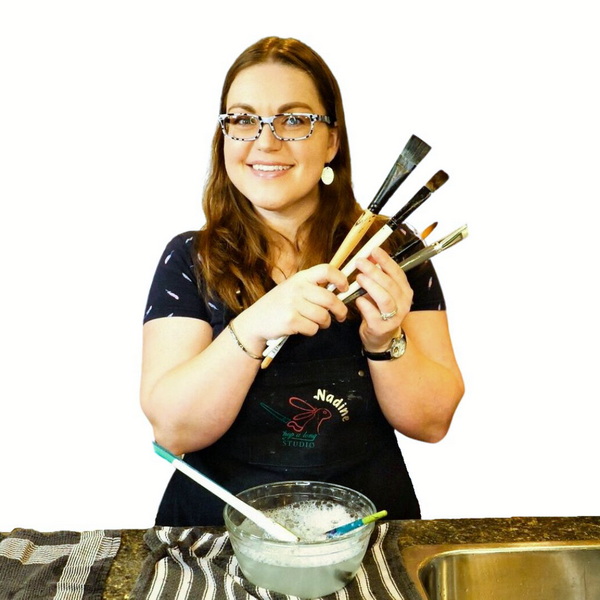
Do You Have Ruined Paint Brushes? How to Fix Acrylic Paint Brushes in 3 Easy Steps!
Do you have ruined paint brushes that are rock hard from mediums and paint? Even when you’re careful cleaning them, it’s very easy to run into problems with brushes getting rock hard. You might think that these bushes are destined for the garbage, but you may be able to revive them using there 3 easy steps.
Hop-A-Long Studio is reader-supported. When you buy through links on our site, we may earn an affiliate commission at no cost to you. Learn more.
How to Revive Ruined Paint Brushes
Start with Dish Soap
I like to use my favorite dish soap, Cucina Lime Zest and Cypress, and rub the soap into the bristles of the brush. If your brush is rock hard, you’ll only be able to add soap to the outside of the brush. If the brush has some pliability, try to get the soap into the bristles as much as possible.
Any dish soap or hand soap can work for this step. I like the Cucina dish soap because of how well it works on dishes and with reviving my brushes.
While you’re working the soap into the bristles of the brush, bring a pot or kettle of water to a boil. I like using my Cusinart electric kettle for this step. It keeps the water hot until I’m ready to use it.
Add Boiling Water to a Bowl
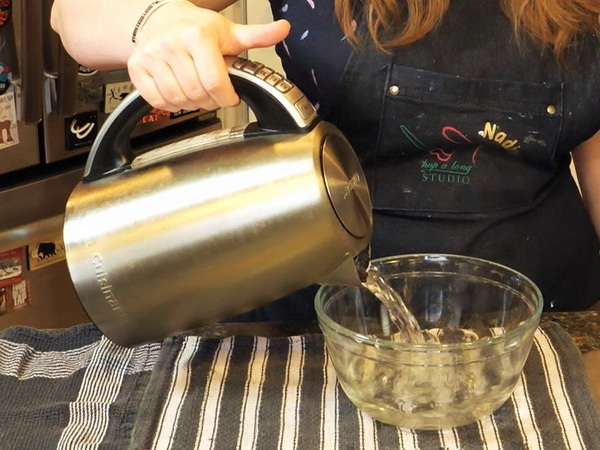
Add the boiling water to a Pyrex bowl or a heat proof bowl.
Swirl Paint Brushes in Boiling Water
Take one brush at a time and swirl it in the hot water. Depending on how much dried medium and paint there are in the bristles, the brush may soften quickly or stay very stiff.
If they haven’t softened after a minute of swirling, try rubbing the bristles against the bottom and side of the bowl. I start off with gentle swirling and pressing to try to remove the paint. But if the paint won’t loosen, add more pressure until it starts loosening up. As the paint brush is already ruined, I don’t mind being heavier handed with the brush to remove the paint.
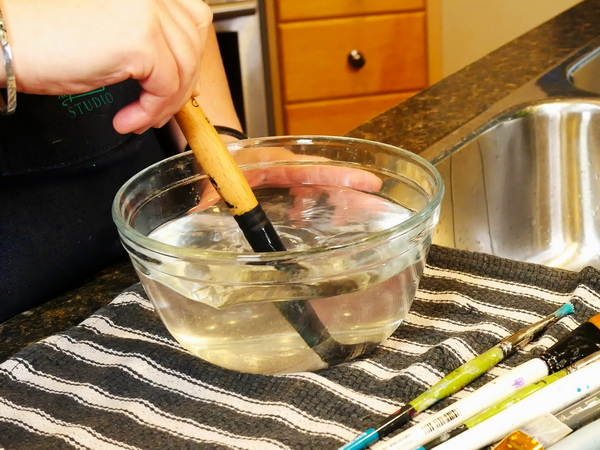
This technique usually works to loosen the paint from my brushes. But if you’re still finding your paint brush stiff, add more soap to it, let it sit, and try again. Some brushes take several treatments to get the paint out of them. But I tend to lose a few brushes that won’t soften up again. This technique usually works about 90% of the time.
As the bristles are hot, rinse them thoroughly with cold water and check to see if they are still pliable. If they are, set them aside on a dish towel to dry.
How Often Should I Use This Technique?
As a working artist, I find that a few times a year I’ll go through my brush collection and use this treatment on my ruined paint brushes. It would probably be better to fix them right away, but I tend to get busy creating and don’t always have the time to maintain my brushes.
I can usually use this treatment to my brushes multiple times without ruining them. The better quality the brush, the more often you can do this without causing damage to your brush. Though sometimes no matter what you do, they won’t loosen up. But it’s worth trying, especially if the brush is destined to end up in the garbage anyway.
Fixing Frayed Brushes
If you have brushes that are starting to splay out or are frayed, you can also try this technique, even if you’re brushes aren’t hard. The boiling water can help the bristles of the brush to lay flat and stop fraying. If the boiling water doesn’t work, you can trim and cut the ends of the brushes with scissors to give them a nice shape again.
How to Clean an Acrylic Brush
It might seem simple to clean an acrylic brush, but here are a few tips to make sure that you get the brushes fully clean.
Use Cold Water
Acrylic paint sets up quickly when brushes are washed with warm or hot water. Only use cool water when cleaning your brushes. When you do, you’ll have less problems with paint sticking to the bristles.
Only use cold water for cleaning your acrylic brushes and paint buckets. If you use hot water, this means that the paint will set up fast. This will ruin your brushes but also has the potential to coat and set up in your pipes. If you paint a lot, use cold water to prevent plumbing issues!
Leave the Paint Brush in Water
When working with gel mediums or matte mediums, as these mediums can work like glue, they can also do a lot of damage to your brushes. After using these mediums, I give the brushes a good stir in my water container and then leave them to soak for a bit.
It’s generally not good practice to leave your brushes in the water, but I find that it helps loosen up the medium. When I go to the sink to wash the brush, I still make a point to wash it thoroughly. If I’m not sure if I got all the medium out, I’ll use dish soap to clean the brush a second time. I generally use synthetic brushes, so I haven’t noticed any damage to the brushes by using soap in them regularly.
Choosing The Right Brush
Choosing the right brush can make a difference on how easy it is to clean. It can be hard to tell when you’re purchasing online or at a store which brush would be best.
Choosing a Brush with Shorter Bristles
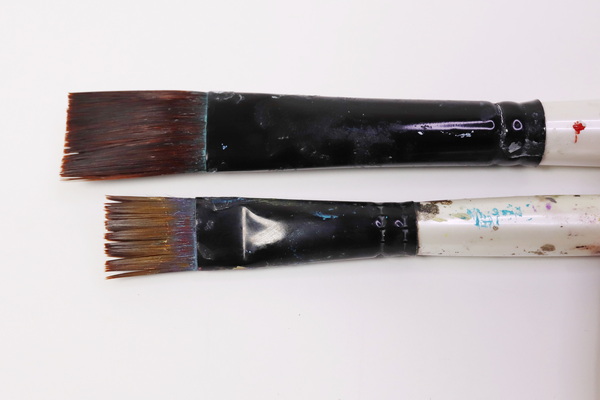
When choosing a paint brush, I tend to choose brushes with shorter bristles. The longer bristles will allow more paint to get caught in the brush. These also take more effort to get these clean. I also like the shorter brushes because I generally have better control when painting.
Choosing a Brush with Softer Bristles
I find that brushes that are meant for acrylic and wash techniques have slightly softer bristles and are easier to clean. I have less problems with paint clogging in the bristles.
My Preferred Brush Brands
I have dozens and dozens of brushes that I’ve tried over the years. Looking through my collection, these are the brush brands that I’ve had the most success with. They work extremely well for painting, are easy to clean, don’t fray or harden up from paint. They have been in my collection for many years.
Simply Simmons Brushes

I love the Simply Simmons brushes because they are a decent brush at a very reasonable price point. They are easy to clean, are commonly available and work well on so many of my projects. For me, they’re the right choice of quality brush and a reasonable price point.
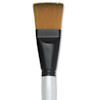
Simply Simmons XL Soft Synthetic Brush – Flat, Size 30 – $13.27
from: Blick Art Materials
Snap! Princeton Brushes
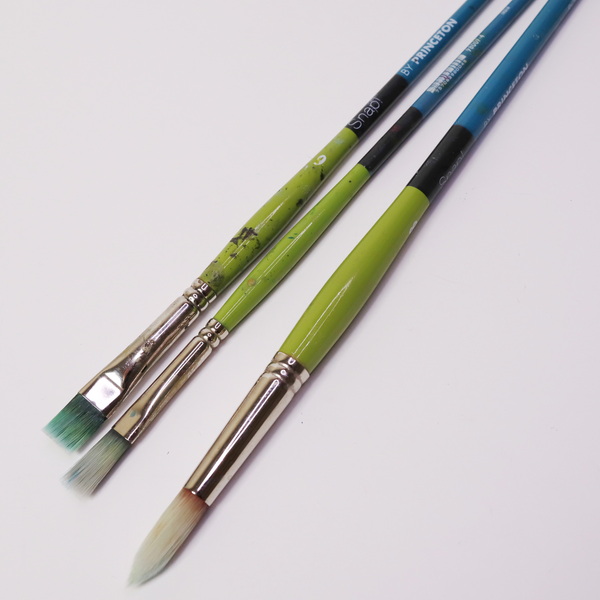
The Snap! Princeton brushes are great when you’re starting out with painting, or you don’t want to invest a lot into brushes. They are a good quality brush at a good price. I consider then a student brush but they get the job done well and are easy to clean.

Princeton Snap! White Taklon Brush Set – Short Handle, Set of 4
from: Blick Art Materials
Dakota Princeton Brushes
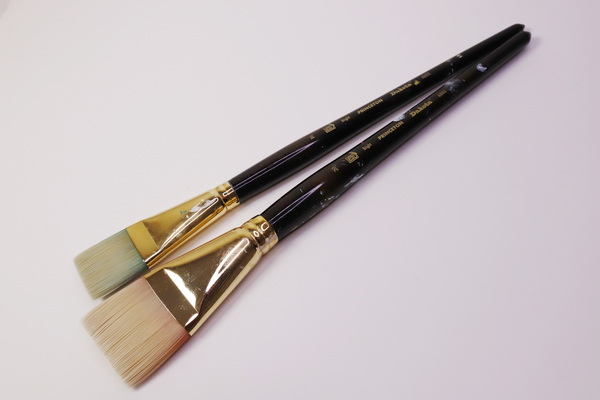
If you want to get some better-quality brushes, the Dakota Princeton brushes are my favorites! I haven’t had any of them stiffen up on me yet and I love how they apply paint. They are a more expensive brush, but if you’re looking to invest in a few higher quality brushes, these ones I can easily recommend!

Princeton Series 6300 Dakota Synthetic Bristle Brush – Flat, Long Handle, Size 10 – $16.67
from: Blick Art Materials
Any Questions?
Any question about how to fix your ruined paint brushes? I’d love to answer any questions you might have! What paint brushes do you use and what have you had good success with? Leave a comment below and I’d love to start a conversation with you!
Project Supply List

Princeton Snap! White Taklon Brush Set – Short Handle, Set of 4
from: Blick Art Materials

Princeton Series 6300 Dakota Synthetic Bristle Brush – Set of 4
from: Blick Art Materials

Simply Simmons XL Soft Synthetic Brush – Flat, Size 30 – $13.27
from: Blick Art Materials





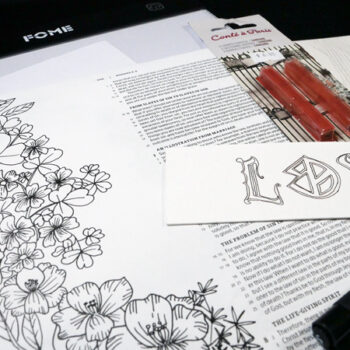
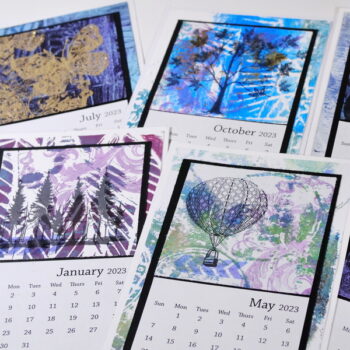
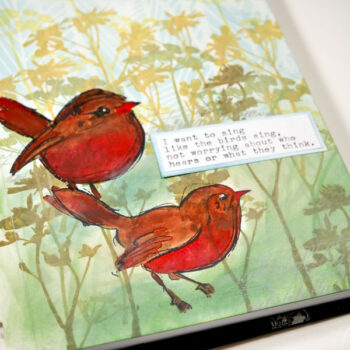
2 Comments
zidane
thank you for the article
Nadine Milton
You’re welcome! I hope you found it helpful.